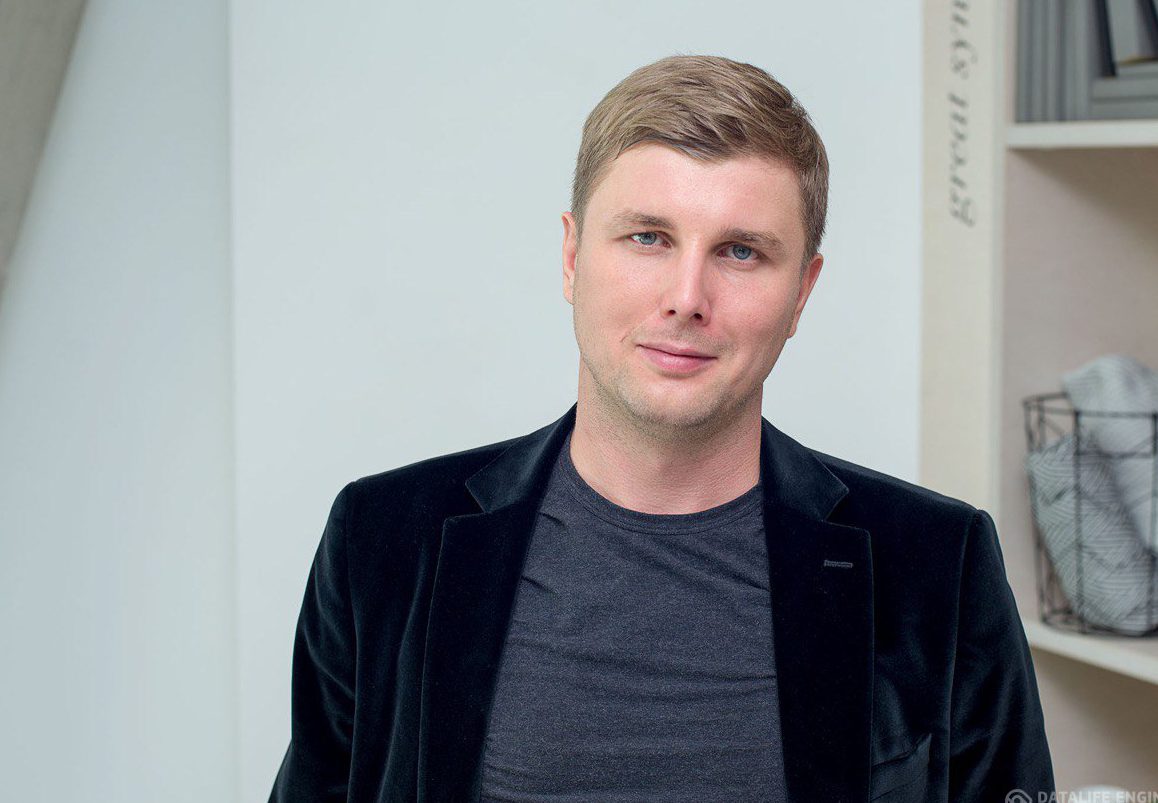New York, New York, United States - 12-10-2022 (PR Distribution™) - 
Science came very close to making human cloning technically possible. But does it mean this technology will soon be institutionalized?
Here we explain how modern cloning methods can help people to live longer and what pitfalls this technology may have.
Therapeutic cloning
Therapeutic cloning, used in biomedicine to culture stem cells and discover therapies for incurable diseases, deserves special attention. This cloning type is called this way because, throughout the first two weeks, embryonic cells can transform into specific tissue cells of the heart, liver, pancreas, kidneys, and other organs. Those tissues can be used for treating insulin-dependent diabetes, Parkinson's, Alzheimer's, heart, kidney, liver, bone, blood disorders, and other diseases.
Reproductive cloning
Reproductive cloning is a laboratory method of creating a genetically identical copy of any organism.
This type of cloning can be of real practical value. In agriculture, for instance, it enables farmers to get animals or plants with the right parameters, such as potatoes resistant to Colorado beetles, wheat that can be harvested several times a year, or cows producing record amounts of milk. Besides, cloning experiments help to treat various animal or plant diseases, as new vaccines and medications can be tested on the artificial "doubles".
Technological aspect
For a long time, scientists struggled with another challenge: they were looking for ways to transform one “adult” cell into several cell types (e.g., embryonic and extraembryonic) and then put them together as a whole.
In 2019, Spanish biologist Juan Carlos Izpisua Belmonte became the first researcher who managed to resolve this task and created chimeric human and monkey embryos. The researcher reprogrammed an adult mouse cell and multiplied it to get a culture of embryonic stem cells. After that, the culture was reprogrammed again and returned to the state, from which it could develop into either embryonic or non-embryonic cells. Belmonte then applied a signaling pathway that dictated to the cells what to do; the resulting formation — a blastocyst-like blastoid — was successfully implanted into a mouse uterus. In other words, the Spanish scientist demonstrated the third type of animal cloning.
Belmonte's method was adopted (this time using human cells) by researchers from Australia and Texas and scientists at the California Institute of Technology; the latter published the preprint of their study on the biorXiv portal. All those groups successfully developed structures with morphology and gene expression similar to human blastocysts.
Since the law forbids implanting those formations into a living woman's uterus to analyze their viability, the scientists performed their tests in vitro. The observation took only fourteen days, but it revealed that artificial embryos undergo the same development stages as live ones.
Philosophical challenges of human cloning
Human cell cloning remains a complicated issue: opponents of biotechnology keep saying that it results in ending a new life. Besides, nuclear transfer produces a living organism, whose status has not been defined in any legal system in the world.
As for therapeutic cloning, nowadays scientists are allowed to grow a human embryo for fourteen days only. After that, the embryo develops the primitive streak, considered to be the precursor to the central nervous system.
In 1998, twenty-four out of forty-three Council of Europe member states signed the Additional Protocol to the Convention for the Protection of Human Rights and Dignity of the Human Being that imposed a stringent ban on human cloning. As of now, this is the only international legal act regulating that matter. Meanwhile, legislative restrictions on human cloning are provisioned in more than seventy countries.
Thus, creating human clones is not allowed anywhere in the world; cloning of organs also remains forbidden in most countries. In any case, before the first human clone is born, humanity will need to address numerous ethical and legal dilemmas, while keeping in mind that there is the treatment of severe diseases and extension of human life on the other side of the scale.
Rustam Gilfanov is a private investor, philanthropist and a venture partner of the LongeVC fund.
Media Contacts:
Company Name: Blacklight
Full Name: Vlad
Phone: +7 499 340 33 83
Email Address: Send Email
Website: https://blacklight.ru/
For the original news story, please visit https://www.prdistribution.com/news/cloning-philosophical-technological-and-medical-challenges-and-opportunities/9408344.





